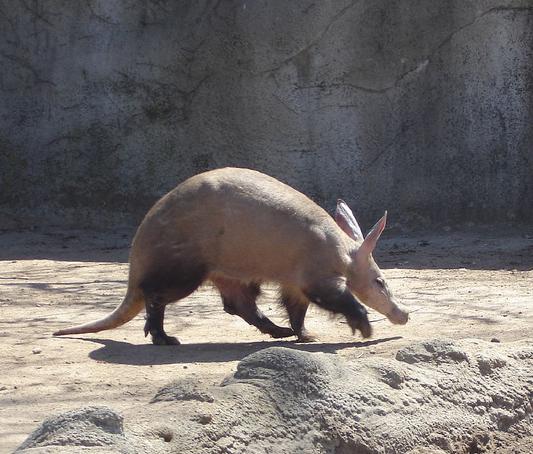Facts About Aardvark
The aardvark is a fascinating, medium-sized mammal renowned for its burrowing habits and nocturnal lifestyle. Native to Africa, it is the sole living species in the order Tubulidentata. Equipped with a pig-like snout ideal for sniffing out food, aardvarks primarily feed on ants and termites. They excavate burrows to reside in and rear their young.
As part of the afrotheres clade, which includes elephants, manatees, and hyraxes, aardvarks have some intriguing relatives. The name "aardvark" means "earth pig" in Afrikaans, a testament to their burrowing behavior. Despite the name, they are not related to pigs. Instead, they stand alone in their order, featuring a unique dental structure and close affiliations with creatures such as elephant shrews, tenrecs, and golden moles.
Fossil records indicate that early aardvark relatives roamed Africa around the end of the Paleocene epoch. Presently, aardvarks are distributed across sub-Saharan Africa, thriving in savannas, grasslands, woodlands, and bushlands, though avoiding rocky terrains and swampy forests.
These solitary creatures are nocturnal, spending their nights searching for ants and termites. Possessing a keen sense of smell, they use their powerful claws and long tongues to extract insects from mounds. Their distinctive burrowing and foraging habits enable them to cover a vast home range each night.
Aardvarks reproduce annually, giving birth to a single cub following a seven-month gestation period. The young aardvark matures in approximately two years and can live up to 23 years in captivity. Their diet is so specialized that they become vulnerable if termite populations decline.
While not abundant, aardvark populations are stable enough to be classified as "Least Concern" by the IUCN. They have adapted well to captivity and have been exhibited in zoos since the 19th century. In African folklore, aardvarks are esteemed for their persistence in finding food and are integrated into various cultural beliefs and practices.
Aardvarks have even permeated popular culture, appearing in books, TV shows, and military references. Their unique biology, behavior, and cultural significance make them an iconic African mammal.

 Namibia
Namibia